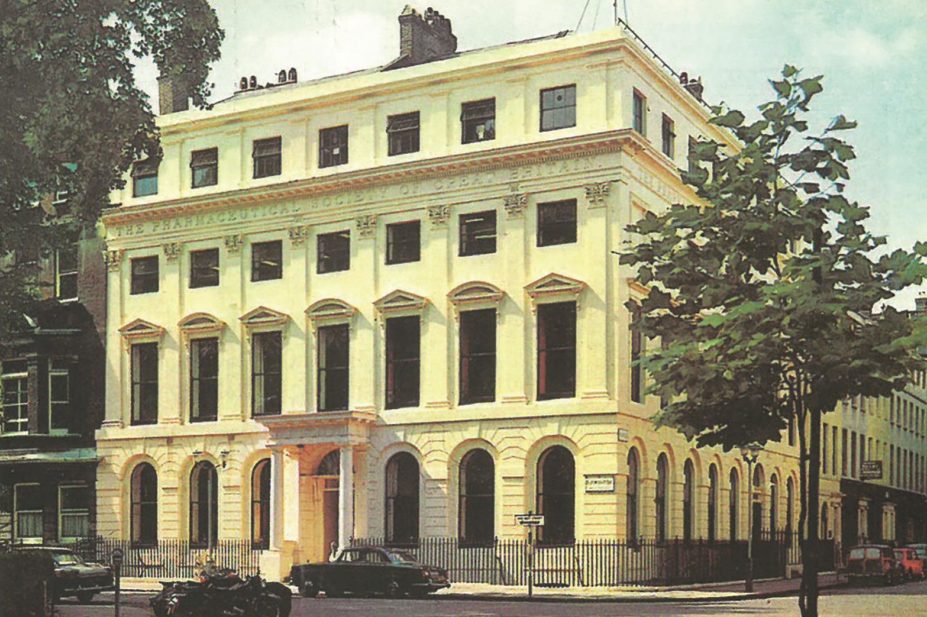
Royal Pharmaceutical Society
On 31 July 1868, the Pharmacy Act was passed in Great Britain. This was the country’s first piece of legislation to restrict the sale of poisons to qualified persons and marked a major milestone in the history of pharmacy and of the Pharmaceutical Society.
Since its foundation in 1841, the Society had campaigned to introduce formal qualifications for pharmacists and to promote the safe use of medicines by knowledgeable professionals, thus improving the reputation of pharmacy among the general public. The opening of the Society’s School of Pharmacy (now part of University College London) in 1842 and the award of its Royal Charter of Incorporation by Queen Victoria in 1843 gave it the means and authority to begin working towards these goals. Registration with the Society, however, was still optional. This limited what could be achieved.
Advances in drug discovery in the 1800s meant that more potent — and more dangerous — medicines were finding their way into people’s homes. Regulation was required. The first national piece of legislation to regulate the sale of medicines was the 1851 Arsenic Act. The Act required that a register had to be kept of all sales, that the buyer had to be known to the seller and that arsenic had to be coloured with a substance such as soot or indigo.
But arsenic was not the only dangerous substance being used medicinally and it was decided that the legislation needed to go further. The Pharmaceutical Society proposed new regulations that would ensure safer use of medicines and protect the public. The result was the 1868 Pharmacy Act, which covered 15 named poisons.
The Act gave the Society the power to decide which potentially dangerous medicinal substances would be classified as poisons, and 15 poisons were named in the original legislation.
It also gave instructions detailing how poisons should be labelled and limited their sale to persons registered with the Society, with qualification being passing one of the School of Pharmacy’s examinations. The Society’s system of pharmacy education would now be rolled out to everyone with responsibility for selling dangerous medicines to the public, including morphine and any preparation of opium, which were popular products in the druggists’ stores.
Today, the Royal Pharmaceutical Society continues to build on its long history of campaigning for the safe use of medicines, a heritage of which it can be rightly proud.
You may also be interested in
Long service of members

Membership fees 2022
